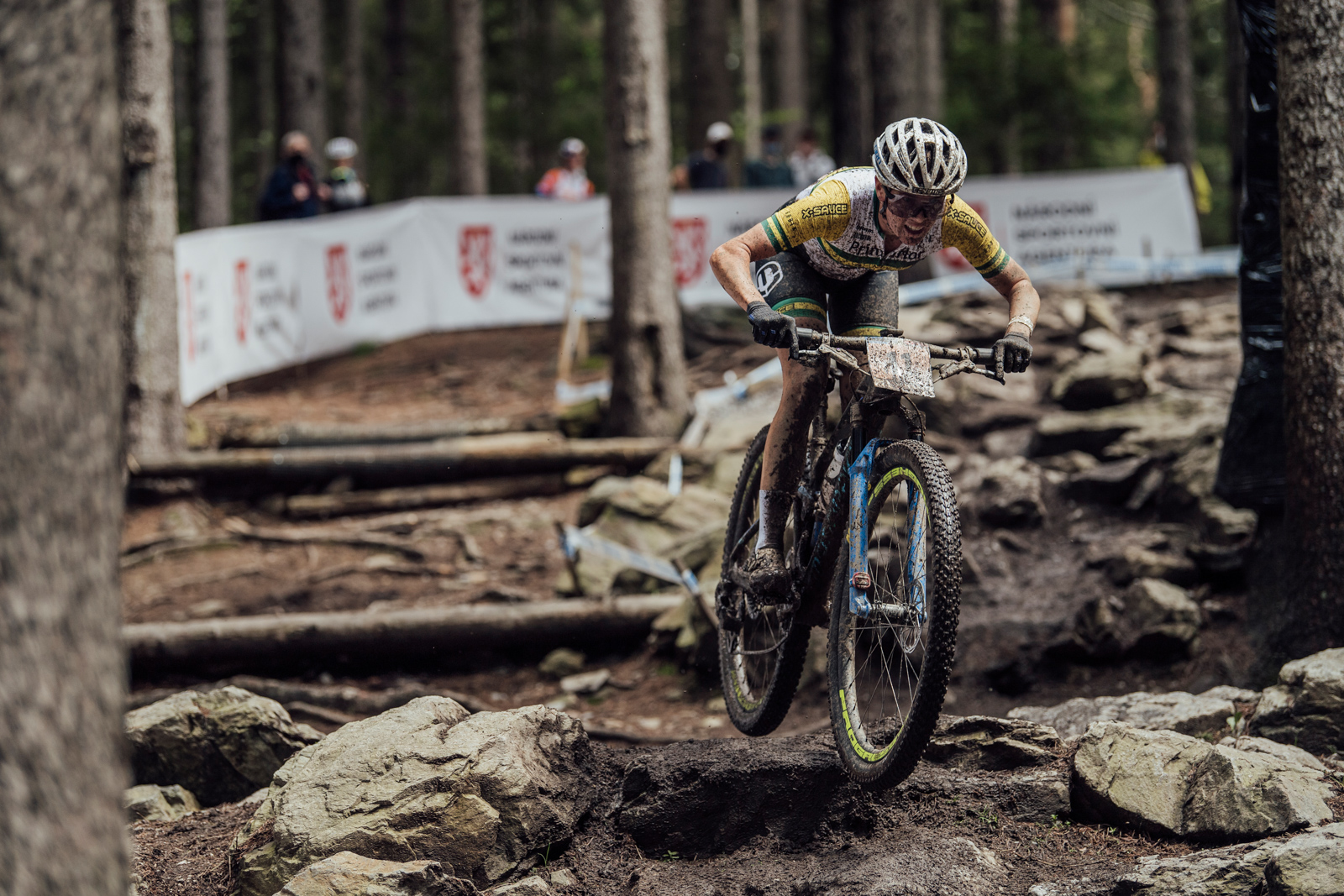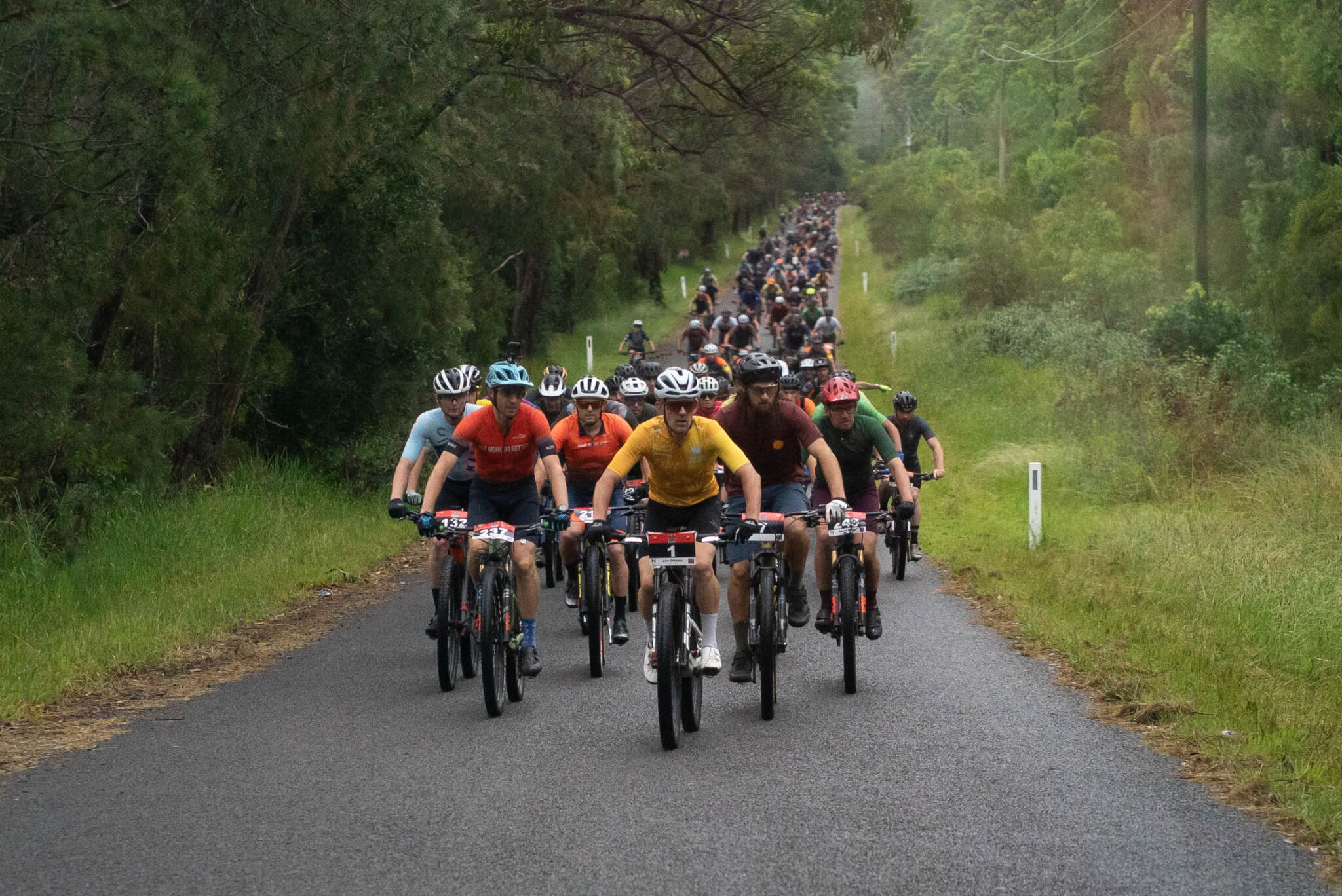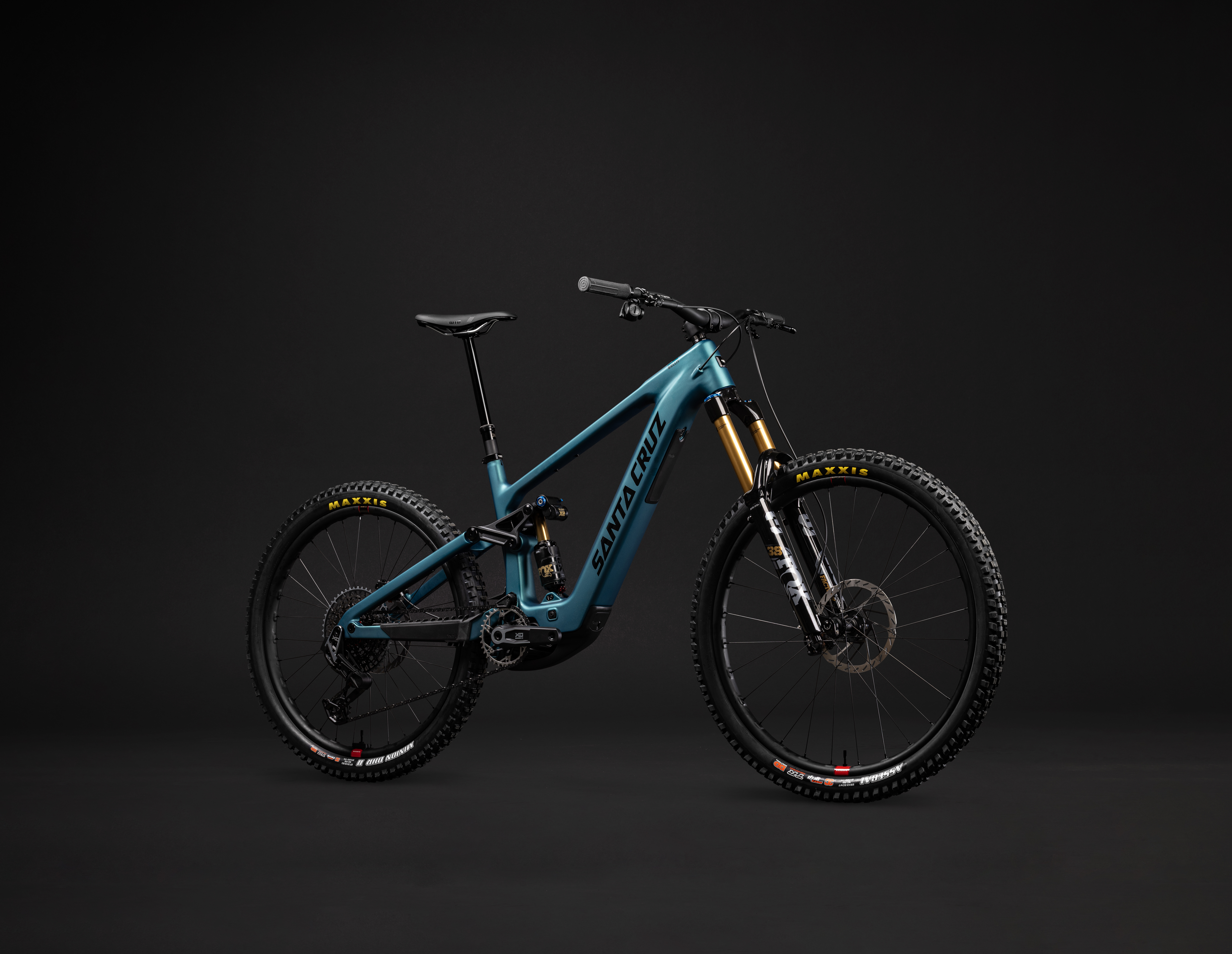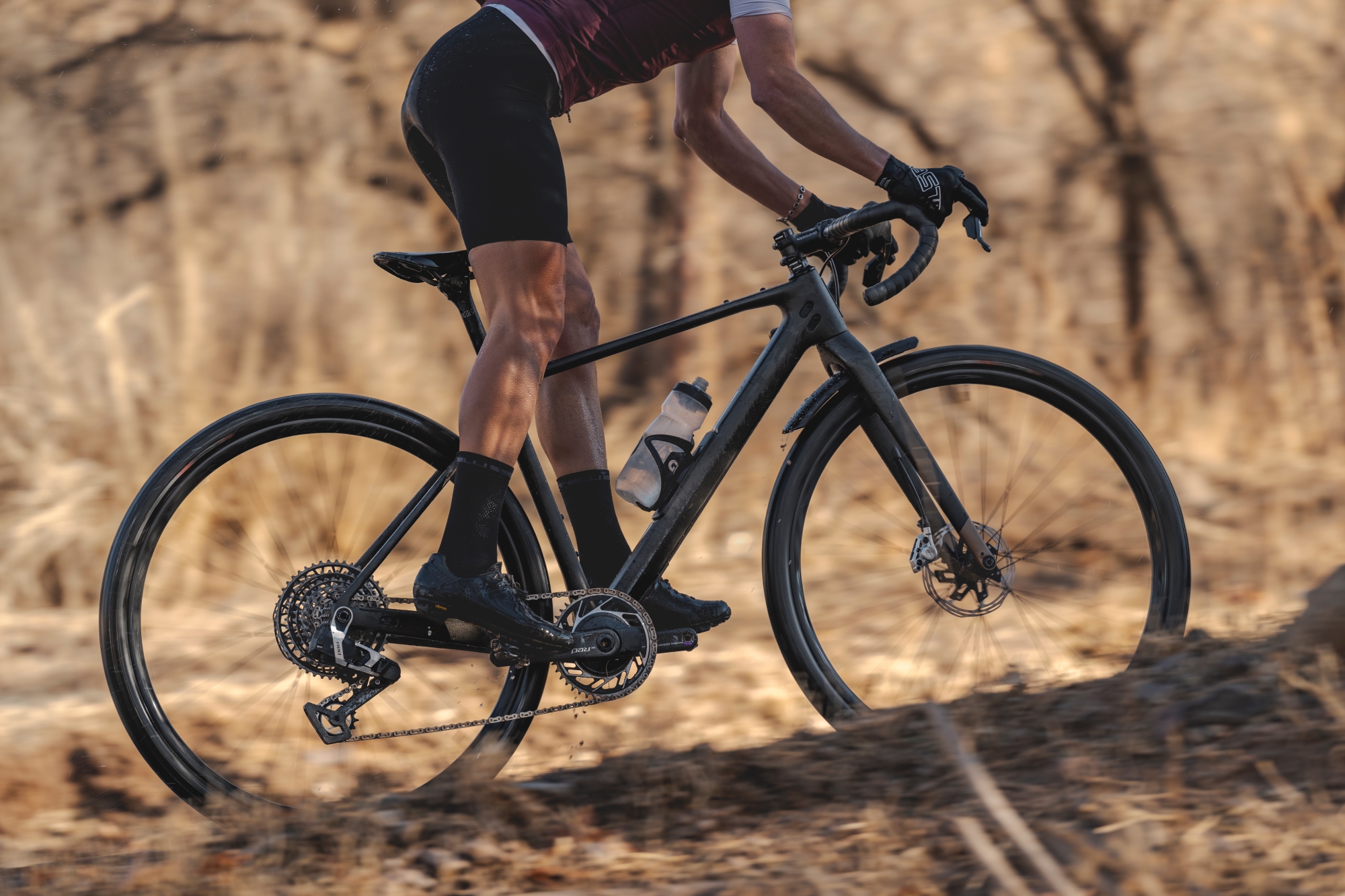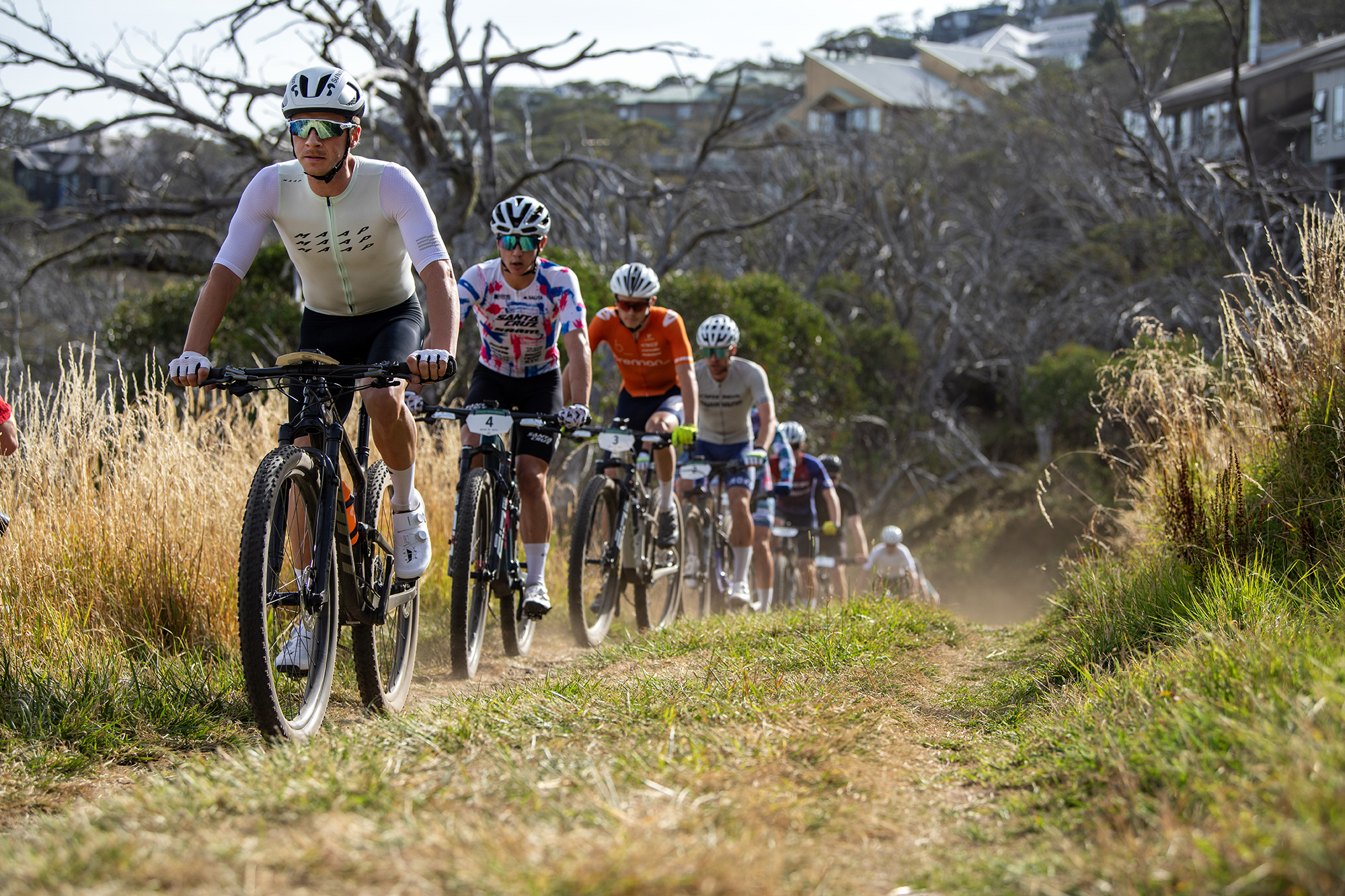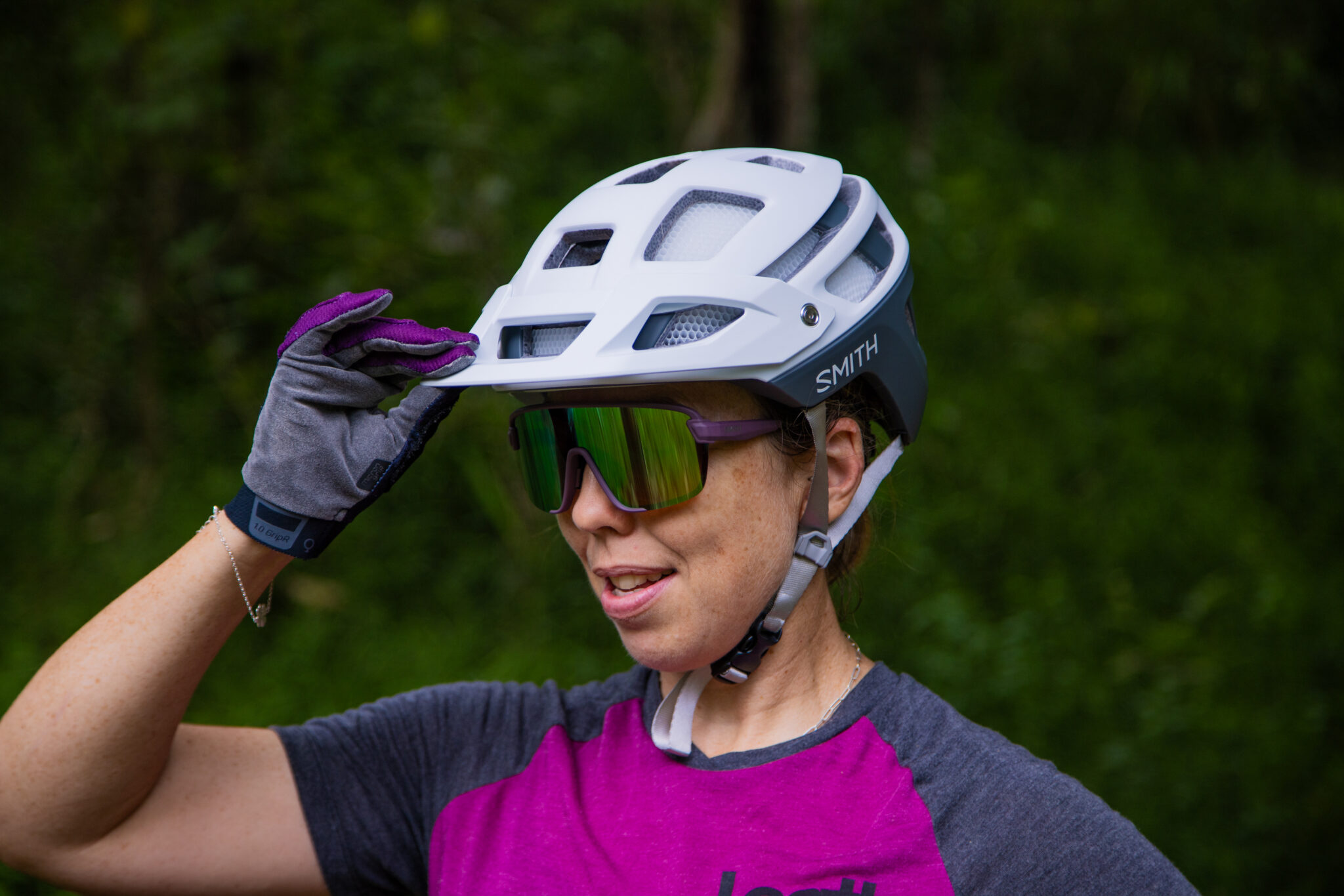FITNESS: How to suck less at riding uphill
Anna Beck shares some tips to make going uphill that little bit easier.
Words: Anna Beck
Photos: Bartek Wolinski, TBS, Gerard Lagana
Sometimes climbing sucks. There, I said it. It’s controversial; I usually love climbing and embracing the challenge of a 2000-3000m vert day in the saddle, but there are definitely times when it sucks. Usually it’s because we are unprepared for the challenge ahead, whether it be the first long, mountainous training ride of your training program that season, or heading into an XCO ‘training’ race without having done much intensity.
Improving your climbing is one of the best ways to improve performance outcomes in many mountain bike disciplines. But while we aren’t all born natural mountain goats, the good news is that we can train for the uncomfortable effects of gravity. First, let’s look at some other considerations for climbing mastery.
Gearing:
Mountain bike gearing is obviously of a wider range and features smaller gear ratios from the road in order to make it up 20+% pinches we regularly experience riding off-road. While both road and mountain bike climbing is beneficial for mountain bike performance, without the specific experience of riding singletrack or variable fireroad climbs you can be left struggling during mountain bike races, that’s why I recommend that race-specific climbs be performed off-road closer to your important race events.
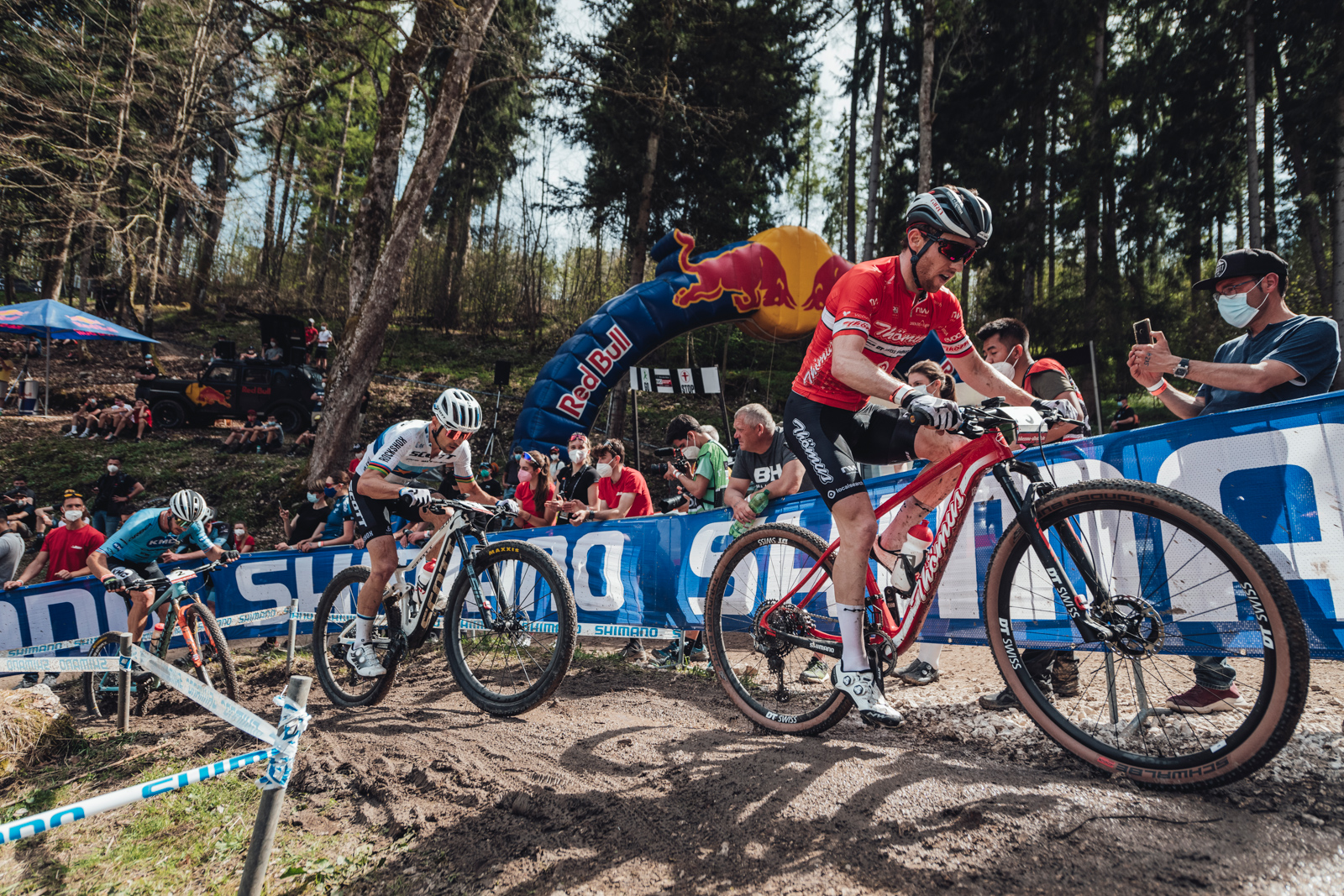
Pacing:
Many a race has been lost by a rider who could have easily ridden to their potential, but instead threw it away with poor pacing. This is more pertinent in longer disciplines such as marathon and cross country, but needless to say if you’re heading off on the first climb deeply in the red, there may not be much coming back from that! Use training to hone your output and perception of effort: you can compare this with power, heart rate or average speed for more consistent climbs.
Your event and energy systems:
If you’re racing gravity enduro, your ability to climb will generally not be a huge limiter to performance, however making short bursts of neuromuscular power when it comes to flat or uphill sections of the trail will make all the difference to your stages. Comparatively, XCO racing is all about climbing for 1-4 minutes over threshold again and again, with short periods of technical descending to recover, punctuated by near maximal efforts to clean technical and very steep sections of trail.
If you’re more a marathoner, you’re probably used to climbs of 8+ minutes: up to an hour or more if you’re a real sucker for some European bergs! For these races, we need to be exceptionally aerobically strong, with a high threshold to work under for sustained periods of time. But it’s not all like road riding: marathon racing still requires repeated explosiveness for long technical sections of a course.
Enduro Power:
What is it?
Building your anaerobic capacity and later neuromuscular power, these explosive hill sprints help get the most out of those awkward short uphill or flat sprints during a gravity enduro race. Nail these and you’ll be picking up a couple of seconds each stage!
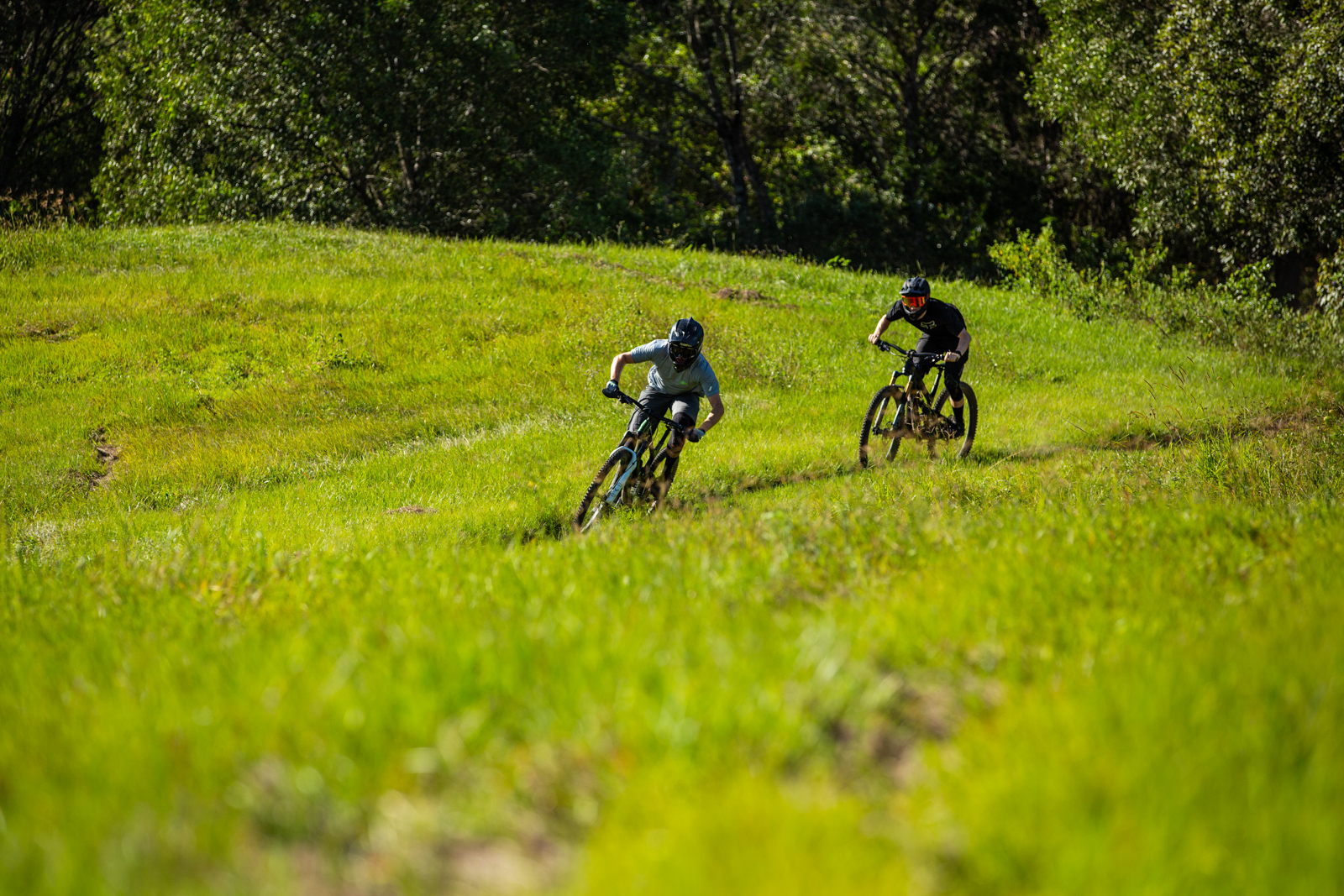
15 second sprints: Standing starts:
Standing starts build explosive power and strength. The best thing about them is that you can do them in a trail ride, I’m all about making training fit with your life and this way you can get a trail ride in and some training gains: mad!
After warming up, select a fireroad that is slightly uphill for 15 seconds of all out sprinting (even better if you can drop into singletrack immediately after). Select a big gear that you will be able to ‘get on top of’ in 5 seconds, and from stationary, explode out of the saddle winding up to a cadence >100rpm. Repeat this 6x with long recovery (4+ min). Each week progress until you can manage 12 efforts!
Progression:
Once you have spent a few weeks with standing starts, you can move to rolling starts. Complete these by selecting a small rise for the sprint in a location where you are able to gain speed into the entry. Try a few different gears for these ones to get the right combination, but when you have hit the bottom of the sprint rise at a good pace, explode out of the saddle for 15 seconds, repeat with good recovery intervals. These increase neuromuscular coordination or ‘jump’! Add efforts each week up to 12x sprints.
Cross Country Cripplers:
These efforts will hone your ability to start really hard, and settle into a hard effort, while working in your threshold zone and improving your ability to produce power repeatedly after going over your threshold. The fast start will allow you to spend more ‘time in zone’ as well as replicating the demands of an XC race start.
Fast start threshold hills:
Find a hill that takes 7-10 minutes to climb. After warming up (20mins) complete 3x 7–10min efforts starting with one foot on the ground: 1min all-out effort (RPE9/>125%FTP/>threshold HR) followed by completing the remainder 6-9min of the effort at threshold (RPE7/at FTP or threshold heart rate), roll to the bottom of the hill and repeat. Due to HR lag, it’s often more efficient to do these on absolute feel, after all you’re not staring at your power meter or heart rate in the midst of a cross country race start.
Progression:
Increase the number of repetitions up to 5x10min. This is an incredibly taxing session so come into it well fuelled and mentally ready to go.
All out XCO climbs:
For a true UCI-based XCO race, climbs won’t be >5min long and indeed usually range between 1–4mins. For training specifically, select 2x 1-3min climbs that can be linked with a short descent (30sec-1min: this can be tricky: get creative with your local trail network, you can complete one fireroad and one single track, or both fireroad with a singletrack descent). If using technical singletrack, ensure the climb is achievable when on the limit. These efforts hone your ‘ceiling’ and aerobic capacity while adding race the specificity of speed-skill on the bike.
Complete 4x loops of the two-climb course, aiming to tap into VO2 on the climb and recovering as much as possible between the two, use the descent to the start as recovery ensuring you’re completing 2-3min recovery between intervals. Though the total ‘work’ load here is likely around 25min, it is once again an incredibly mentally and physically taxing session. You can increase reps for a total of ~35min in VO2 ‘zone’ but for these we are looking at increasing quality moreso than duration. Doing efforts >5min, or too many reps, will result in riding in the incorrect zone, so keep it short and hard! Recovery intervals are key here.
Marathon Machine Builders:
Once you have developed a strong aerobic base of endurance, climbing specificity for cross country marathon comes from ability to maintain output in a sub-threshold zone for a long period of time.
Varied Cadence Tempo Climbs:
These climbs will focus on spending time in zone, and allows a flexibility of ride and route choice for training days. Generally, though, for these climbs you’re looking at sustained time (15min+) with minimal recovery for a block of between 40min–2hrs.
The curve ball is deliberately adjusting your cadence to include periods of 50-60rpm in between higher cadence work, and finding terrain that allows for predominantly climbing for this duration. After all, it’s pretty rare that you will face a mountain bike climb in a race where you can consistently ride 90+ RPM like a road climb: roots, rocks and even waterbars or singletrack mandate more muscle fibre recruitment that can be trained by using low cadence work.
Example planning for this could look like:
Week one: Endurance ride including 3x15min tempo (75–90% FTP or 84–94% HR threshold), with efforts consisting of 1min cadence 60 followed by 2min cadence 90+ repeated 5x per effort (minimal recovery interval)
Week 2: 3x20min Tempo, minimal RI (1min cadence 60 followed by 4min cadence 90+ repeated 4x per effort) (minimal recovery interval)
Week 3: 3x25min Tempo, minimal RI (1min cadence 60 followed by 4min cadence 90+ repeated 5x per effort) (minimal recovery interval)
Progression:
By progressing the duration of these climbs as above, you’re building a stronger aerobic engine with the increased torque, better preparing you for the event ahead. Once you’re comfortable doing over an hour of tempo with low cadence incorporated, up the intensity to the sub-threshold or ‘sweet spot’ zone, just below your FTP or lactate threshold, 90-95% FTP or around 95-97% HR threshold. And when closer to race day, up the intensity of the 1 min surges to threshold.
After more Fitness articles? Click here.

